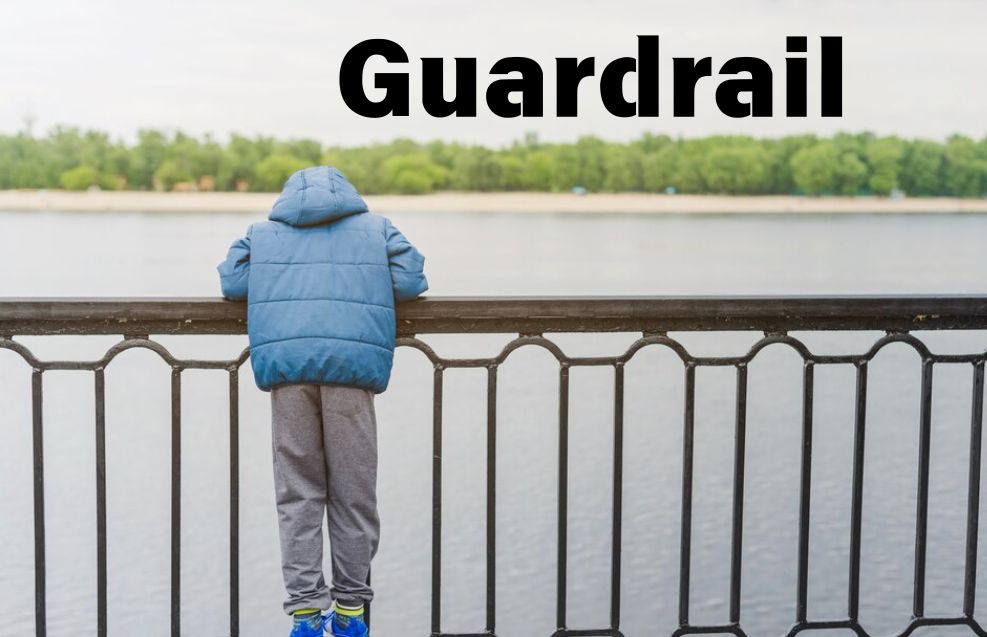A guardrail is more than just a simple barrier; it is a critical safety measure designed to prevent accidents and save lives. Whether installed on highways, in workplaces, or even on rooftops, guardrails provide a protective boundary that minimizes risks and enhances security. In this blog, we will delve deep into the importance of guardrails, their various applications, and why they are indispensable in today’s world. With guardrail systems becoming a standard in many industries, understanding their significance is essential for everyone.
The Evolution of Guardrails: From Simplicity to Sophistication
Guardrails have been around for centuries in one form or another. Initially, they were rudimentary structures made of wood or stone, primarily used to demarcate boundaries or prevent livestock from straying. However, as technology advanced and urbanization increased, the need for more robust and reliable guardrails became apparent. Modern guardrails are designed using high-strength materials like steel, aluminum, and composite materials, ensuring they can withstand immense force and provide optimal protection.
The Role of Guardrails in Road Safety
One of the most common places you’ll encounter a guardrail is on highways and roads. These guardrails serve multiple purposes:
- Preventing Vehicles from Leaving the Roadway: Guardrails act as a barrier that prevents vehicles from veering off the road, especially in hazardous areas such as sharp curves, steep embankments, or bridges.
- Minimizing the Severity of Accidents: In the event of a collision, a guardrail is designed to absorb the impact and redirect the vehicle along the path of the rail, reducing the chances of a rollover or head-on collision.
- Protecting Pedestrians: Urban areas often use guardrails to create a safe boundary between vehicles and pedestrians, ensuring that foot traffic remains protected.
Types of Guardrails and Their Applications
Guardrails come in various types, each designed for specific purposes. Let’s explore the most common types and their applications:
1. W-Beam Guardrails
W-beam guardrails are among the most widely used on highways. These steel structures are named after their “W” shape and are highly effective in absorbing impact energy. They are typically installed along roadsides and medians to prevent crossovers and collisions.
2. Cable Guardrails
Cable guardrails use tensioned steel cables supported by posts. These are ideal for areas where flexibility is required, as they can absorb impacts without breaking, reducing the severity of accidents.
3. Roof Edge Guardrails
These are installed on rooftops to prevent falls during construction, maintenance, or inspection activities. Roof edge guardrails are essential for worker safety and are often required by occupational safety standards.
4. Industrial Guardrails
In industrial settings, guardrails are used to protect workers, equipment, and structures from accidental damage. They are commonly found in warehouses, manufacturing plants, and loading docks.
5. Temporary Guardrails
Temporary guardrails are often used at construction sites or during events to create safe zones and manage crowds. These portable systems are easy to install and remove, making them highly versatile.
Key Features of Effective Guardrail Systems
An effective guardrail system must possess several critical features to ensure optimal performance. These include:
- Durability: Guardrails must be constructed from materials that can withstand environmental conditions and mechanical stress.
- Visibility: High-visibility coatings or reflective elements help make guardrails noticeable even in low-light conditions.
- Compliance: They should meet industry standards and regulations for safety and performance.
- Ease of Installation: Guardrail systems should be straightforward to install, minimizing downtime and labor costs.
Read Also : Unlocking Success with Zillow Leads: A Comprehensive Guide for Real Estate Professionals
The Impact of Guardrails on Workplace Safety
In workplaces, especially in high-risk industries, guardrails are indispensable. Here’s how they contribute to a safer working environment:
1. Preventing Falls
Falls are one of the leading causes of workplace injuries. Installing guardrails around elevated areas, open pits, or machinery significantly reduces this risk.
2. Enhancing Operational Efficiency
By clearly marking safe zones and restricting access to hazardous areas, guardrails help streamline operations and reduce disruptions caused by accidents.
3. Protecting Equipment
Industrial guardrails can also safeguard expensive machinery and infrastructure from accidental collisions, prolonging their lifespan and reducing maintenance costs.
Guardrails in Urban Design: Balancing Safety and Aesthetics
In urban environments, guardrails play a dual role. They are not only functional but also contribute to the aesthetic appeal of public spaces. Modern designs integrate sleek and stylish guardrails that blend seamlessly with their surroundings while providing robust safety features. For instance, stainless steel or powder-coated guardrails are commonly used in parks, plazas, and waterfront areas to enhance both safety and visual appeal.
Innovations in Guardrail Technology
With advancements in technology, guardrails are becoming smarter and more efficient. Here are some cutting-edge innovations:
- Crash Attenuators: These systems are integrated into guardrails to absorb and dissipate impact energy, reducing damage to vehicles and passengers.
- Energy-Absorbing Materials: Advanced materials like polymer composites are being used to create guardrails that offer superior impact resistance.
- Smart Guardrails: Equipped with sensors, these guardrails can monitor impact events, weather conditions, and structural integrity, providing real-time data for maintenance and safety assessments.
The Environmental Impact of Guardrails
Sustainability is a growing concern in the construction and manufacturing of guardrails. Many manufacturers are now using recycled materials and adopting eco-friendly production processes. Additionally, efforts are being made to ensure that decommissioned guardrails are recycled rather than discarded, minimizing environmental impact.
Regulatory Standards and Compliance
Guardrails must comply with various regulatory standards to ensure their effectiveness. These standards vary by region but generally include specifications for material strength, height, and installation procedures. Organizations like the Federal Highway Administration (FHWA) in the United States and the European Committee for Standardization (CEN) in Europe play a key role in setting these guidelines.
The Cost of Neglecting Guardrail Maintenance
While installing guardrails is crucial, regular maintenance is equally important. Neglecting maintenance can lead to:
- Reduced effectiveness in preventing accidents.
- Increased liability for property owners or organizations.
- Higher replacement costs due to accelerated wear and tear.
Periodic inspections, prompt repairs, and routine cleaning are essential to ensure that guardrails remain in optimal condition.
Conclusion: Guardrails as a Lifeline
From highways to workplaces, guardrails are a silent yet indispensable guardian of safety. Their presence can mean the difference between life and death in critical situations. As we continue to innovate and prioritize safety, the role of the humble guardrail will only grow in importance. Whether you’re a policymaker, a business owner, or a concerned citizen, understanding the value of guardrails and advocating for their proper use is a responsibility we all share.
In a world where safety should never be compromised, the guardrail stands as a testament to human ingenuity and our commitment to protecting lives. So, the next time you see a guardrail, remember that it’s not just a piece of metal or wood — it’s a lifeline that safeguards countless lives every day.

